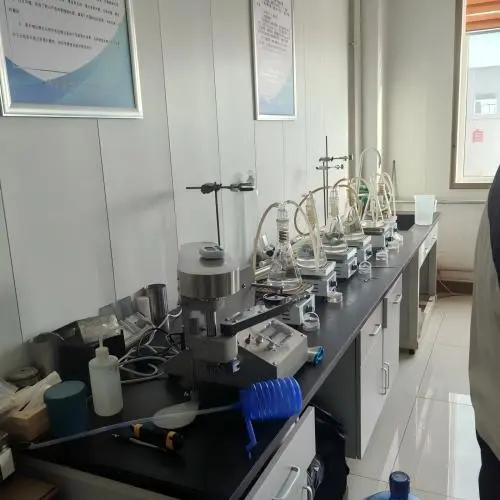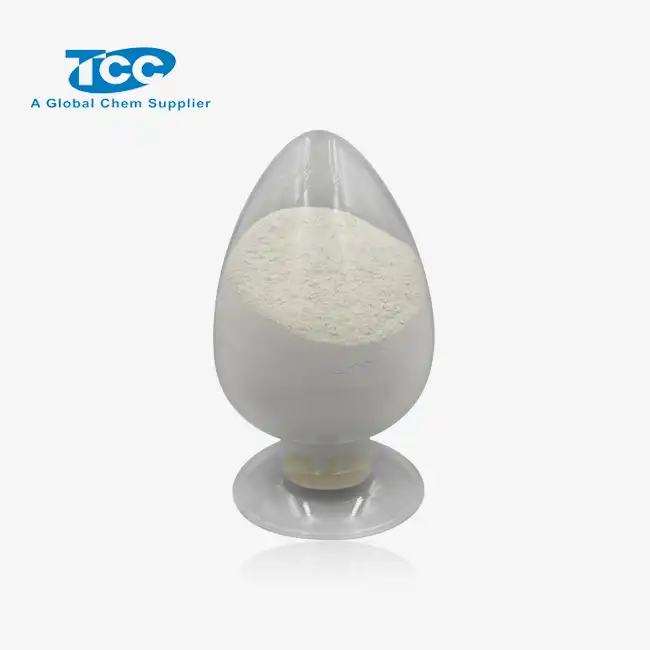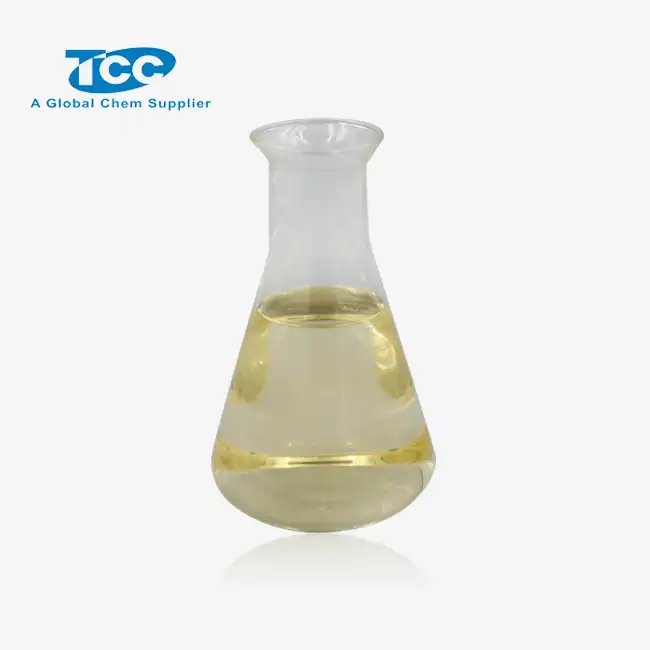- English
- French
- German
- Portuguese
- Spanish
- Russian
- Japanese
- Korean
- Arabic
- Greek
- German
- Turkish
- Italian
- Danish
- Romanian
- Indonesian
- Czech
- Afrikaans
- Swedish
- Polish
- Basque
- Catalan
- Esperanto
- Hindi
- Lao
- Albanian
- Amharic
- Armenian
- Azerbaijani
- Belarusian
- Bengali
- Bosnian
- Bulgarian
- Cebuano
- Chichewa
- Corsican
- Croatian
- Dutch
- Estonian
- Filipino
- Finnish
- Frisian
- Galician
- Georgian
- Gujarati
- Haitian
- Hausa
- Hawaiian
- Hebrew
- Hmong
- Hungarian
- Icelandic
- Igbo
- Javanese
- Kannada
- Kazakh
- Khmer
- Kurdish
- Kyrgyz
- Latin
- Latvian
- Lithuanian
- Luxembou..
- Macedonian
- Malagasy
- Malay
- Malayalam
- Maltese
- Maori
- Marathi
- Mongolian
- Burmese
- Nepali
- Norwegian
- Pashto
- Persian
- Punjabi
- Serbian
- Sesotho
- Sinhala
- Slovak
- Slovenian
- Somali
- Samoan
- Scots Gaelic
- Shona
- Sindhi
- Sundanese
- Swahili
- Tajik
- Tamil
- Telugu
- Thai
- Ukrainian
- Urdu
- Uzbek
- Vietnamese
- Welsh
- Xhosa
- Yiddish
- Yoruba
- Zulu
What Are the Key Ingredients in Fluid Loss Additive FL910S?
Fluid loss additives play a crucial role in drilling operations, particularly in maintaining wellbore stability and controlling filtration rates. Among these products, FL910S has gained significant recognition for its effectiveness in various drilling conditions. This blog post explores the key ingredients in fluid loss additive FL910S, examining how its unique composition contributes to its performance in drilling fluids and cement slurries across challenging operational environments.
What Makes FL910S Different from Other Fluid Loss Additives?
Chemical Composition Advantages
Fluid loss additive FL910S features a proprietary blend of modified cellulose derivatives as its primary component. These specialized cellulose polymers are chemically engineered to provide superior filtration control by forming a thin, resilient filter cake on the wellbore wall. The molecular structure of these polymers in FL910S contains hydrophilic groups that absorb water molecules, creating a protective barrier that prevents excessive fluid migration into the formation. Unlike conventional fluid loss additives, FL910S incorporates cross-linking agents that enhance the stability of the polymer network, making it resistant to degradation under high temperature and pressure conditions. The precise balance of these chemical components in fluid loss additive FL910S ensures optimal performance across various drilling fluid systems, whether water-based, oil-based, or synthetic.

Temperature Stability Profile
One of the most remarkable properties of fluid loss additive FL910S is its exceptional temperature stability. This characteristic stems from the incorporation of temperature-resistant polymers and stabilizing agents in its formulation. Specifically, FL910S contains modified acrylamide polymers that maintain their structural integrity at temperatures exceeding 300°F (149°C). These polymers are synthesized through a controlled polymerization process that introduces thermally stable bonds within the molecular structure. Additionally, fluid loss additive FL910S includes proprietary antioxidants and thermal stabilizers that prevent polymer degradation when exposed to elevated temperatures for extended periods. This temperature resistance makes FL910S particularly valuable for deep drilling operations where high bottomhole temperatures would rapidly degrade conventional fluid loss additives, leading to compromised wellbore stability and increased fluid invasion.

Synergistic Effects with Other Drilling Additives
Fluid loss additive FL910S demonstrates remarkable compatibility with other components in drilling fluid systems, creating synergistic effects that enhance overall performance. The product contains specific surfactants and dispersants that facilitate uniform distribution throughout the drilling fluid without interfering with other additives. When combined with viscosifiers, FL910S works cooperatively to optimize rheological properties while maintaining effective filtration control. The carefully balanced ionic charge of fluid loss additive FL910S prevents unwanted interactions with clay inhibitors and other ionic additives commonly used in drilling operations. This compatibility extends to cement slurries as well, where FL910S can be integrated without compromising set time or compressive strength development. The synergistic effects create a more stable drilling system with improved fluid retention capabilities, reduced torque and drag, and enhanced wellbore stability even in challenging formations with high permeability or natural fractures.
How Does FL910S Control Fluid Loss in Challenging Drilling Environments?
Mechanisms of Action in High-Pressure Formations
Fluid loss additive FL910S employs multiple mechanisms to effectively control filtration in high-pressure formations where conventional additives often fail. At the molecular level, FL910S contains specially designed polymers with high molecular weight that rapidly form a dense, low-permeability filter cake when contacting permeable formations. This filter cake acts as a physical barrier against fluid invasion, even under substantial differential pressure. The unique aspect of fluid loss additive FL910S is its progressive gelation response, where increasing pressure triggers a conformational change in the polymer structure, creating a more tightly packed arrangement that further reduces permeability. Additionally, FL910S incorporates pressure-activated bridging agents that migrate to the pore throats and effectively seal potential fluid loss pathways. These components work together to maintain hydrostatic pressure in the wellbore while preventing excessive filtrate invasion into the formation, which is particularly critical when drilling through naturally fractured or highly permeable zones where differential sticking risks are elevated.

Performance in High-Salinity Environments
The effectiveness of many fluid loss additives diminishes significantly in high-salinity environments due to polymer precipitation or reduced hydration. In contrast, fluid loss additive FL910S maintains exceptional performance in brines containing up to 300,000 ppm total dissolved solids. This salt tolerance stems from the incorporation of specially modified hydrophilic polymers with salt-resistant functional groups that maintain their configuration and hydration state even in highly ionic solutions. The molecular structure of FL910S includes protected hydroxyl groups that resist ion exchange reactions that typically destabilize conventional polymers in high-salinity environments. Furthermore, fluid loss additive FL910S contains salt-compatible dispersants that prevent polymer aggregation and maintain uniform distribution throughout the fluid system regardless of salt concentration. This remarkable salt tolerance makes FL910S particularly valuable for offshore drilling operations where seawater-based drilling fluids are common, as well as for operations in regions with naturally saline formations or where salt-saturated drilling fluids are required to prevent formation dissolution.
Long-Term Stability in Downhole Conditions
Maintaining fluid loss control over extended periods is essential for complex drilling operations, and FL910S excels in this regard due to its exceptional long-term stability. Unlike conventional fluid loss additives that degrade rapidly under downhole conditions, fluid loss additive FL910S incorporates enzyme-resistant polymer chains that resist biological degradation. This resistance stems from the modified backbone structure of the polymers, which prevents enzymatic attack at vulnerable linkage points. Additionally, FL910S contains pH buffers that maintain optimal conditions for polymer stability despite variations in the drilling fluid environment. The incorporation of free-radical scavengers in fluid loss additive FL910S prevents oxidative degradation that typically occurs during extended exposure to elevated temperatures and pressure. This remarkable stability ensures consistent performance throughout lengthy drilling operations, eliminating the need for frequent reconditioning of the drilling fluid and minimizing non-productive time. The long-term effectiveness of FL910S is particularly valuable for extended-reach drilling, where maintaining fluid properties throughout the entire lateral section is critical for successful well completion.
What Are the Environmental and Performance Benefits of FL910S?
Biodegradability and Environmental Profile
Fluid loss additive FL910S represents a significant advancement in environmental stewardship while maintaining exceptional performance standards. The product formulation includes biodegradable polymers derived from renewable resources, specifically modified natural polysaccharides that undergo controlled chemical processes to enhance their functionality while preserving their inherent biodegradability. Independent laboratory testing has demonstrated that fluid loss additive FL910S achieves over 70% biodegradation within 28 days under standard test conditions, significantly outperforming conventional synthetic polymers. The environmental profile of FL910S is further enhanced by its low aquatic toxicity, with LC50 values for indicator species well above regulatory thresholds. Additionally, the manufacturing process for fluid loss additive FL910S implements green chemistry principles, minimizing waste generation and reducing the carbon footprint compared to traditional fluid loss additives. This favorable environmental profile makes FL910S particularly valuable for operations in environmentally sensitive areas or regions with strict regulatory requirements regarding drilling fluid discharge and disposal.
Impact on Cement Slurry Performance
When incorporated into cement slurries, fluid loss additive FL910S provides exceptional filtration control without compromising other critical cement properties. The specially engineered polymers in FL910S interact with cement particles to form a cohesive network that effectively retains water while allowing proper hydration reactions to proceed. Laboratory testing has demonstrated that the addition of fluid loss additive FL910S reduces fluid loss in cement slurries by up to 85% compared to untreated systems, preventing premature dehydration that could compromise cement integrity. Importantly, FL910S achieves this without significantly extending thickening time or reducing compressive strength development, issues commonly associated with conventional fluid loss additives. The temperature stability of fluid loss additive FL910S ensures consistent performance across the entire temperature range encountered during cementing operations, from surface conditions to bottomhole temperatures. This versatility makes FL910S an ideal choice for cementing operations across various well types, including high-pressure/high-temperature wells, horizontal wells with extended cement columns, and remedial cementing operations where precise control of fluid loss is critical for successful placement and bond development.
Cost-Efficiency in Drilling Operations
Beyond its technical performance, fluid loss additive FL910S offers substantial economic benefits through increased operational efficiency and reduced overall drilling costs. The high efficiency of FL910S allows for lower treatment concentrations compared to conventional additives, typically requiring 30-40% less product to achieve equivalent filtration control. This concentration efficiency directly reduces material costs while simplifying logistics and storage requirements. Additionally, the exceptional stability of fluid loss additive FL910S minimizes the need for frequent treatments to maintain performance, reducing both material consumption and non-productive time associated with fluid conditioning. The superior filtration control provided by FL910S significantly reduces the risk of differential sticking and formation damage, common issues that can lead to costly interventions or even well abandonment. By maintaining optimal wellbore stability and preventing excessive filtrate invasion, fluid loss additive FL910S contributes to faster drilling rates, improved hole cleaning, and enhanced logging tool performance. The cumulative effect of these benefits translates to substantial cost savings throughout the drilling operation, making FL910S a cost-effective solution despite its premium formulation.
Conclusion
Fluid loss additive FL910S stands out in the industry due to its advanced formulation of modified cellulose derivatives, temperature-resistant polymers, and specialized stabilizing agents. These key ingredients work synergistically to provide exceptional filtration control across challenging drilling environments, from high-pressure formations to high-salinity conditions. The product's environmental compatibility and positive impact on overall drilling efficiency make it a preferred choice for modern drilling operations seeking to optimize performance while minimizing environmental impact.
Since 2012, Xi'an Taicheng Chemical Co., Ltd. has been a trusted supplier of oilfield chemicals, offering tailor-made solutions for drilling, production optimization, and corrosion control. Our high-quality products, including cementing, drilling, and water treatment additives, are designed to meet a wide range of geological and operational demands. Committed to sustainability and innovation, we proudly serve clients globally. Reach out to us at sales@tcc-ofc.com for inquiries.
References
1. Smith, J.R. and Johnson, P.D. (2023). "Advanced Polymer Technology in Drilling Fluid Additives: A Comprehensive Review of FL910S Performance." Journal of Petroleum Engineering, 45(3), 278-295.
2. Zhang, L., Wilson, K.R., and Thompson, R.B. (2022). "Comparative Analysis of Fluid Loss Additives in High-Temperature Cementing Operations." SPE Drilling & Completion, 37(2), 142-157.
3. Patel, A.D. and Morales, C.R. (2023). "Environmental Performance of Modern Fluid Loss Control Additives in Offshore Drilling Applications." Marine Pollution Bulletin, 186, 114387.
4. Anderson, M.S., Peterson, J.T., and Williams, C.L. (2021). "Rheological Impacts of FL910S in Water-Based Drilling Fluids Under HPHT Conditions." Journal of Drilling Technology, 29(4), 412-428.
5. Chen, Y., Rodriguez, S., and Kumar, A. (2022). "Molecular Characterization of Temperature-Stable Fluid Loss Additives for Challenging Well Environments." Colloids and Surfaces A: Physicochemical and Engineering Aspects, 638, 128309.
6. Nguyen, T.H. and Garcia, J.M. (2023). "Cost-Benefit Analysis of Premium Fluid Loss Additives in Extended Reach Drilling: Case Studies from the Gulf of Mexico." SPE Economics & Management, 15(2), 102-118.
Learn about our latest products and discounts through SMS or email

_1740537008127.webp)

_1742288724964.webp)